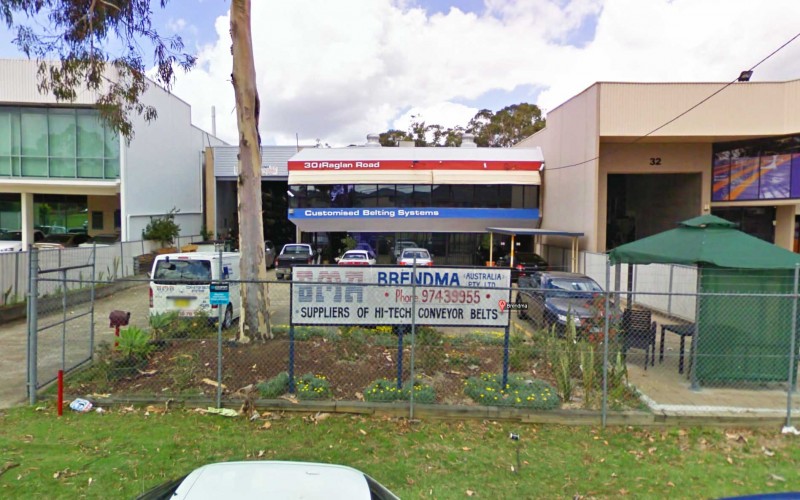As you are aware, consumer safety has become a prominent issue in recent years due to heightened public awareness, increasingly stringent legal regulations, and the challenging responsibility of managing an automated food processing line. The ever-changing demands and pressures for superior food safety are driven internally by managers along with external pressures from consumers, industry regulators, and global associations.
Often called “farm to fork”, the path from raw food to a finished and packaged product is one that has hazardous contact points. Before consumers have their food on their tables, that food has come into contact with harvesting equipment, slaughterhouses, freezers, cold storages, a wide array of transportation means, and various processing machinery. Although most contaminants (much of which is ferrous) are removed in early processing stages, trace contaminants can still remain in foods. Thus, metal detection is often used as a last line of defense in most processing facilities.
Food routinely makes contact with conveyor belting and with the widespread use of fragile modular belting, concerns arise over plastic contaminants being deposited into the flow of food due to wear and tear. Volta firmly stands behind the safety and stability of all Volta food grade belts as a solution for alternative inferior belting types. Our ultimate goal is to eliminate any concerns and fears held by processors and consumers regarding food safety.
Metal detectable plastic is an important necessity to all types of food processors. Many would never consider allowing pens, electric ties, and plasters within the hygienic zone if they were not detectable.
While Volta Belting’s materials are resistant to cuts and breakage, food grade metal detectable belts have been developed to meet high demands and to give quality assurance and production teams the confidence in knowing that their products will meet the strictest food safety requirements.
Detectability is determined by contaminant type, size, the size of the detector’s aperture, the orientation of the detectable material, and the frequency at which the detector is calibrated. Small particles may pass undetected if the food product has a similar phase angle to the contaminant (dry and moist products produce different signals), or if the particle passes through the center of a sufficiently large detector.



 Reduced Water Usage
Reduced Water Usage Renewable Energy
Renewable Energy Recycling Program
Recycling Program



